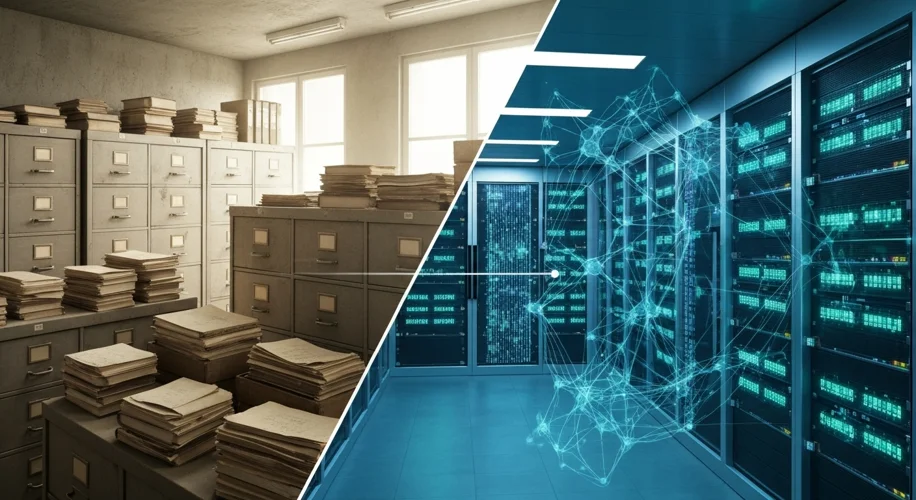Hello everyone, Eleanor here. As we gather here in August of 2025, the air is thick with talk of Artificial Intelligence. It’s everywhere, promising to reshape our world. But as someone who’s spent decades sifting through the history of technology, I can’t help but wonder: what if AI doesn’t get much better than this?
It might sound counterintuitive, given the rapid advancements we’re witnessing. But history teaches us that technological progress isn’t always a straight, upward climb. Sometimes, it hits plateaus. Think about the early days of computing. We went from massive, room-sized machines like ENIAC, which performed complex calculations, to the personal computers that began appearing in homes in the late 1970s and early 1980s. That was a massive leap.
However, after the initial explosion of personal computing, there were periods where the advancements felt more incremental. We saw faster processors, more storage, and better graphics, but the fundamental way we interacted with computers didn’t change dramatically for quite some time. The core concept – a box with a screen and a keyboard – remained familiar.
Could we be seeing something similar with AI today? We have incredibly sophisticated language models that can write, code, and converse. We have AI that can generate stunning images and analyze vast datasets. These capabilities are truly impressive, and they represent decades of research and development, building on foundational concepts from earlier eras. The seeds of today’s AI were sown with early work in logic, algorithms, and neural networks, concepts explored by pioneers long before the digital age as we know it.
But let’s consider the limitations. While AI can process information and generate outputs, it doesn’t possess consciousness, genuine understanding, or human-like intuition. Many AI systems, despite their complexity, still struggle with common sense reasoning, nuanced emotional understanding, or the ability to adapt to entirely novel situations without extensive retraining. They excel at pattern recognition within their training data, but true generalization and abstract thought remain elusive.
Looking back at my archival work, I’ve seen numerous technologies that promised revolutionary change, only to find their progress slowed by fundamental physical, economic, or societal constraints. For instance, early advancements in aviation were rapid, but there were limits imposed by materials science and engine power that meant progress took time to overcome.
So, what does it mean if AI reaches a plateau, or if its future advancements are more evolutionary than revolutionary? It means we need to be realistic about its current capabilities and limitations. We should focus on integrating these powerful tools responsibly into our existing systems, rather than waiting for a hypothetical future where AI solves all our problems autonomously. It means understanding that while AI can augment human capabilities, it may not replace human judgment or creativity in many critical areas.
The pursuit of artificial general intelligence (AGI), a machine with human-level cognitive abilities, is still a distant goal for many researchers. The journey to AGI might involve breakthroughs we can’t even imagine yet, or it might require fundamental shifts in our understanding of intelligence itself.
For now, it’s worth appreciating what we have, understanding its historical context, and considering the path ahead with a clear, grounded perspective. The history of technology is full of surprises, and sometimes, the most valuable lesson is to look closely at the present and ask: what is truly possible, and what are the limits we must respect?

